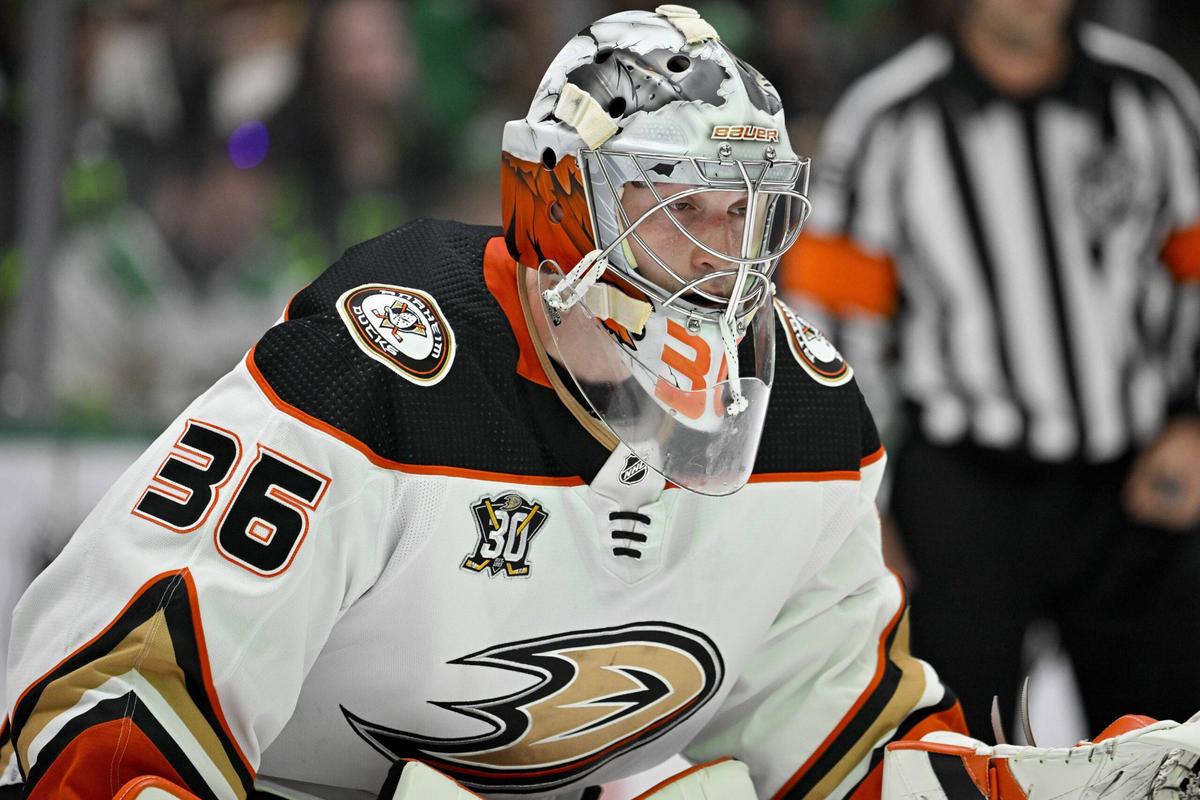The month is almost over, and that means training camp can lose the circus atmosphere and get more serious. Actually this year, the Leafs have already done that, sorting the practice groups out into one NHL-focused team and one AHL-focused team.
They need to keep most of these players around, of course for the two more games remaining after the Saturday contest in Montréal, but also for any scrimmages to come.
The most meaningful information from yesterday's practice:
If you missed all the injury updates today, Matthews and W. Nylander were full practice participants, Tavares (lower body), Steeves (lower body), Järnkrok (lower body) were rested. D Dakota Mermis (jaw surgery) will be out a few weeks. Connor Dewar still on the mend (shoulder).
— Lance Hornby 🇺🇦 (@sunhornby) September 27, 2024
Auston Matthews on returning to practice:
— Mark Masters (@markhmasters) September 27, 2024
"Feeling much better. Just maintenance stuff, nothing crazy, but just kind of needed a couple days to let it settle down & I'm feeling good now."
Some players on waivers yesterday:
On Waivers today:
— PuckPedia (@PuckPedia) September 27, 2024
PHI: Attard, Belpedio, Gardner
OTT: Hodgson, Reinhardt, Rees, Pilon, Matinpalo, Guenette, Davies
SEA: Henman, Brouillard
CBJ: Sawchenko
NYR: Leschyshyn, Harpur, Belzile
VAN: Woo, Briseboishttps://t.co/gjOvqd9OMq
Reminder that waivers is at noon until the season actually starts when it moves to 2 pm. If you want to know the order of claims it is the reverse order of the regular season standings, not the draft order.
No, the Leafs should not claim that guy on waivers. It's not 2015.
No, the Leafs should not waive that contracted NHL player with years of experience you are currently mad at.
No, there isn't a secret plot to take players the Leafs put on waivers because every hates Kyle Du er, the Leafs.
If a team claims a player being waived, by definition they are intending to play a person in the NHL the other team did not want to play in the NHL. That's all there is to it.
When you see teams, like those above, cutting players this early and putting them on waivers, you are usually seeing a team whose AHL affiliate is in another city. In Toronto's case, the AHL team practices on the next ice pad to the NHL team, so formal roster cuts aren't necessary right now.
That study does a very good job of outlining how little actual science there is on preventing concussions, and how much work still needs to be done on leagues out of the limelight in terms of taking this problem seriously.
In addition to this announcement, Kings coach Jim Hiller said Doughty is expected back this season. https://t.co/uJqyqW3nLZ
— Elliotte Friedman (@FriedgeHNIC) September 27, 2024
Unbelievable scenes with JJ Peterka in Germany 🇩🇪
— B/R Open Ice (@BR_OpenIce) September 27, 2024
(via @BuffaloSabres) pic.twitter.com/mlC19BC030











Comment Markdown
Inline Styles
Bold: **Text**
Italics: *Text*
Both: ***Text***
Strikethrough: ~~Text~~
Code: `Text` used as sarcasm font at PPP
Spoiler: !!Text!!